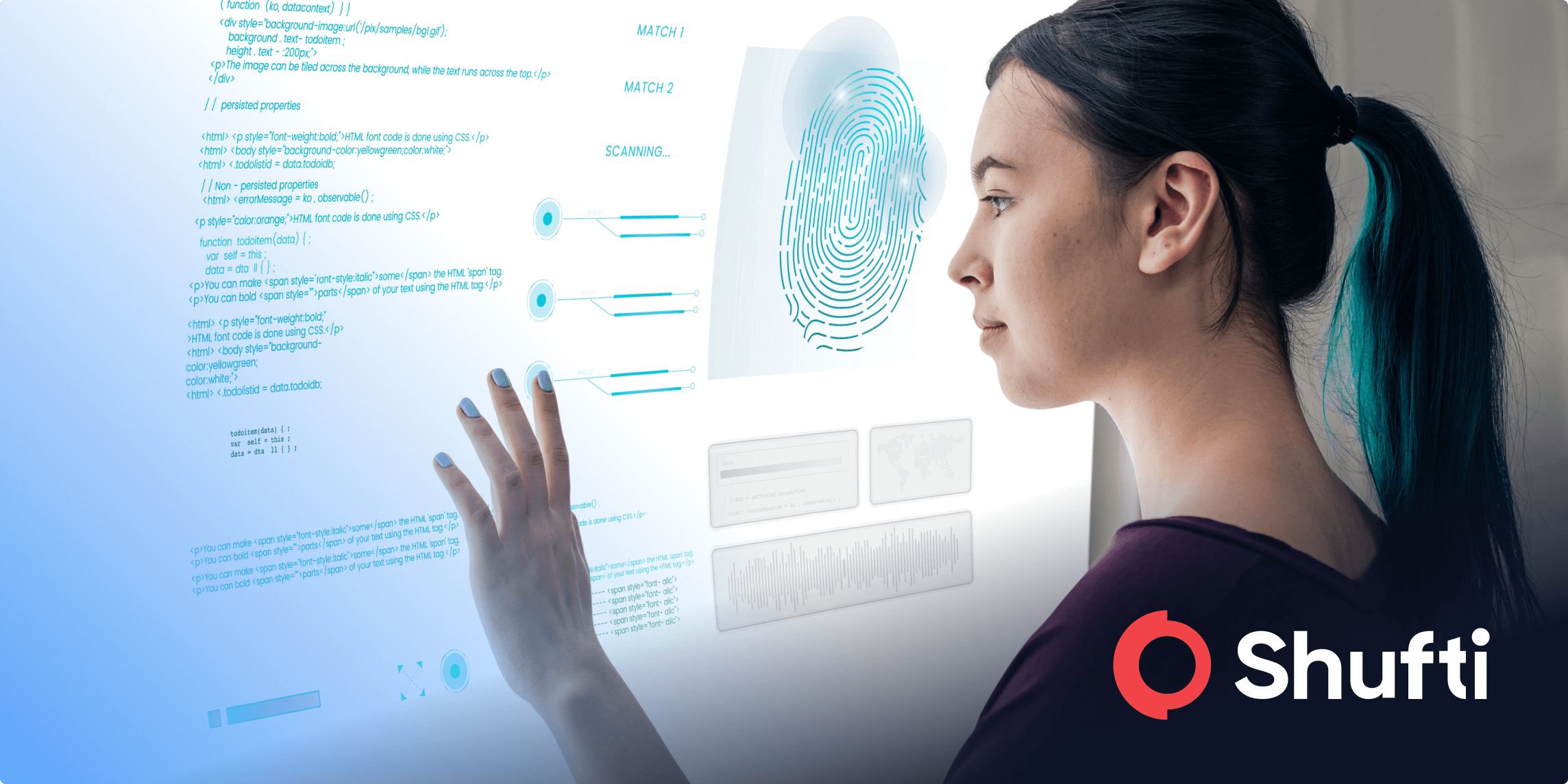Case Study: Enhancing Security in Live-Streaming with Fast ID

- 01 The Challenge: Securing Access and Preventing Unauthorized Use
- 02 The Solution: Fast ID as a Step-Up Authentication Method
- 03 Why Shufti Fast ID?
- 04 How Fast ID Works in Action
- 05 The Results: A More Secure and Accountable Live-Streaming Experience
- 06 The Future of Secure Live-Streaming with Fast ID
A global social media company faced a critical challenge: preventing the misuse of its live-streaming capabilities. With concerns over user privacy and the potential for inappropriate use, unauthorized account access posed significant risks. When users fell victim to account takeovers, it not only led to a loss in trust but also raised accountability issues regarding live-streamed content.
To address these concerns, the company turned to Shufti Fast ID as a verification method, ensuring that only the registered account owner could access and use the live-streamed capabilities. By implementing Fast ID, the company effectively reduced account tampering, strengthened authentication security, and assured content accountability.
The Challenge: Securing Access and Preventing Unauthorized Use
The social networking company needed a way to:
- Prevent unauthorized access and account takeovers
- Ensure that only registered users were accessing the live-streaming capabilities
- Hold users accountable for live-streamed content to avoid claims of hacked accounts
- Implement a solution that is both strong and user-friendly
Traditional authentication methods, such as passwords and one-time passcodes (OTPs), were not sufficient. The company needed an advanced, IDV-based authentication system that provided a verified, traceable identity for each user session.
The Solution: Fast ID as a Step-Up Authentication Method
By integrating Shufti Fast ID, the company introduced a seamless yet highly secure authentication layer that ensured only legitimate account holders could use their live-streaming capabilities.
Why Shufti Fast ID?
1- Strong Authentication – Combines an ownership factor (government-issued ID possession) with facial biometrics, delivering a robust two-factor authentication (2FA) solution.
2- Easy to Use – Users simply scan their face and document to authenticate, eliminating the need for complex passwords or additional login steps.
3- Traceable Identity – Verifying both document and biometric data provides proof that the registered user accessed the live-streaming capabilities.
How Fast ID Works in Action
1- User Onboarding
The account holder scans their government-issued ID and takes a selfie.
2- ID Verification
Shufti matches the document to the face, ensuring authenticity.
3- User Permissioning
Users may opt to store their verified data for quicker authentication in future sessions.
3- Secure Authentication
When logging in, the user re-authenticates with a face scan.
4- Final Validation
Shufti returns verified ID data (e.g., name and DOB), which the company then uses to match with the account records, establishing a strong two-factor authentication token before granting access.
The Results: A More Secure and Accountable Live-Streaming Experience
After implementing Shufti Fast ID, the company saw immediate improvements:
– Reduced unauthorized account access
– Strengthened user accountability – Users could no longer claim their account was hacked
– Enhanced security without adding friction – Fast authentication without repeated document submission
– Compliance with evolving identity regulations
The Future of Secure Live-Streaming with Fast ID
As digital services evolve, ensuring strong identity verification is crucial to protect both businesses and users. Fast ID not only secures access but also provides a trust-based authentication framework that companies can rely on.
By prioritizing security, user experience, and accountability, Shufti Fast ID helps businesses thrive in a digital-first world while mitigating unauthorized access and fraud risks.
Want to learn more? Discover how Fast ID can enhance your authentication process by visiting Shufti’s Fast ID page.











